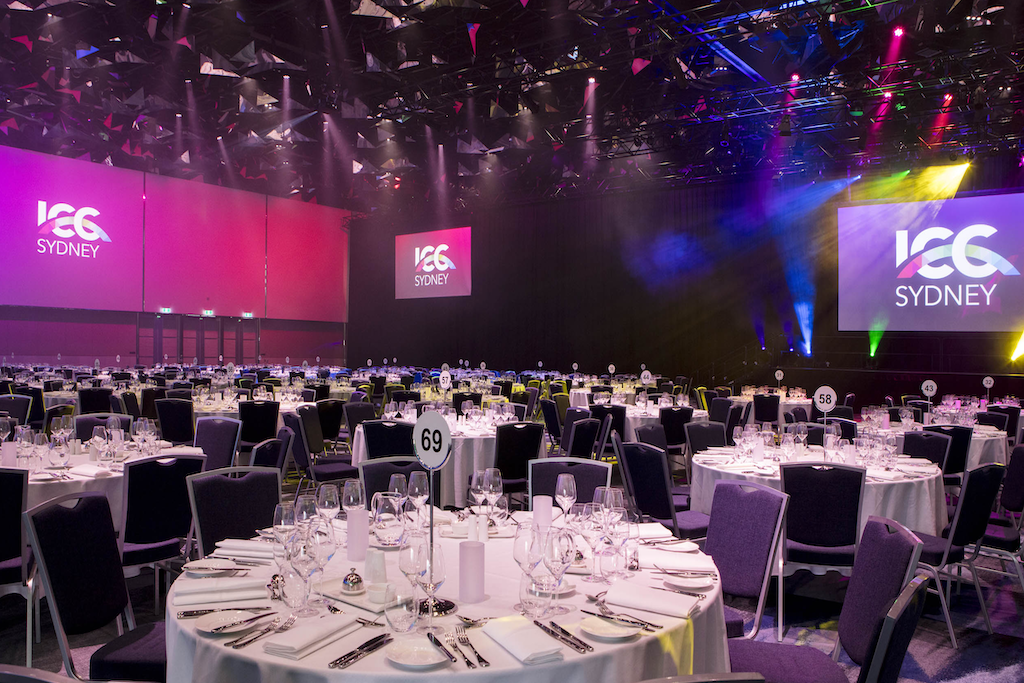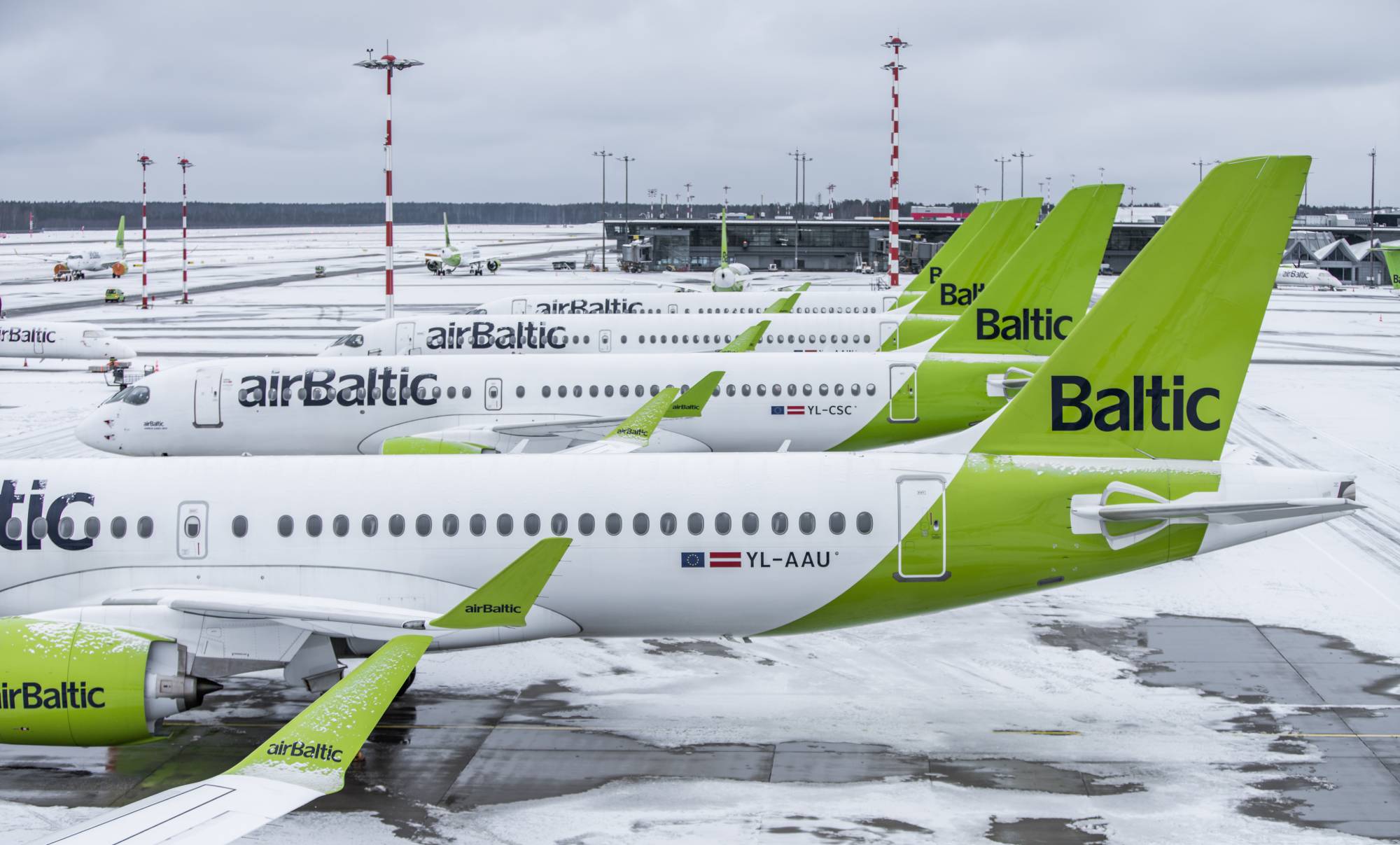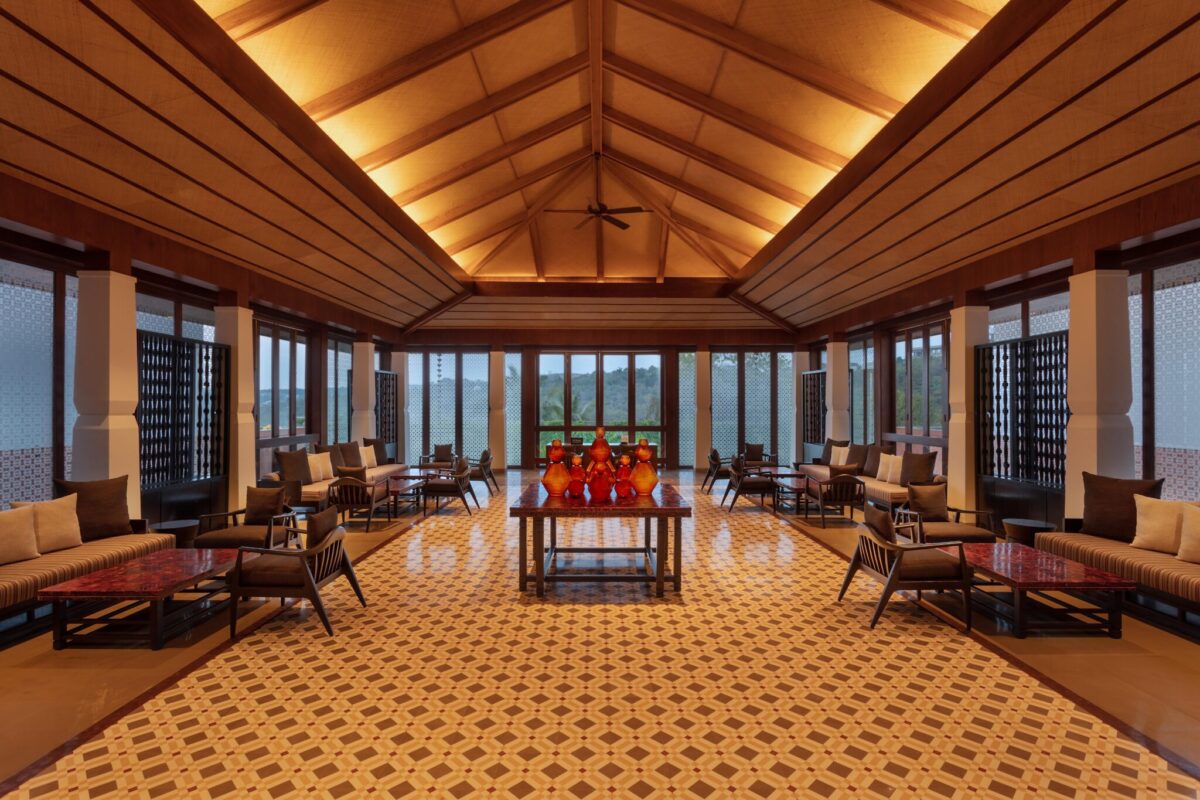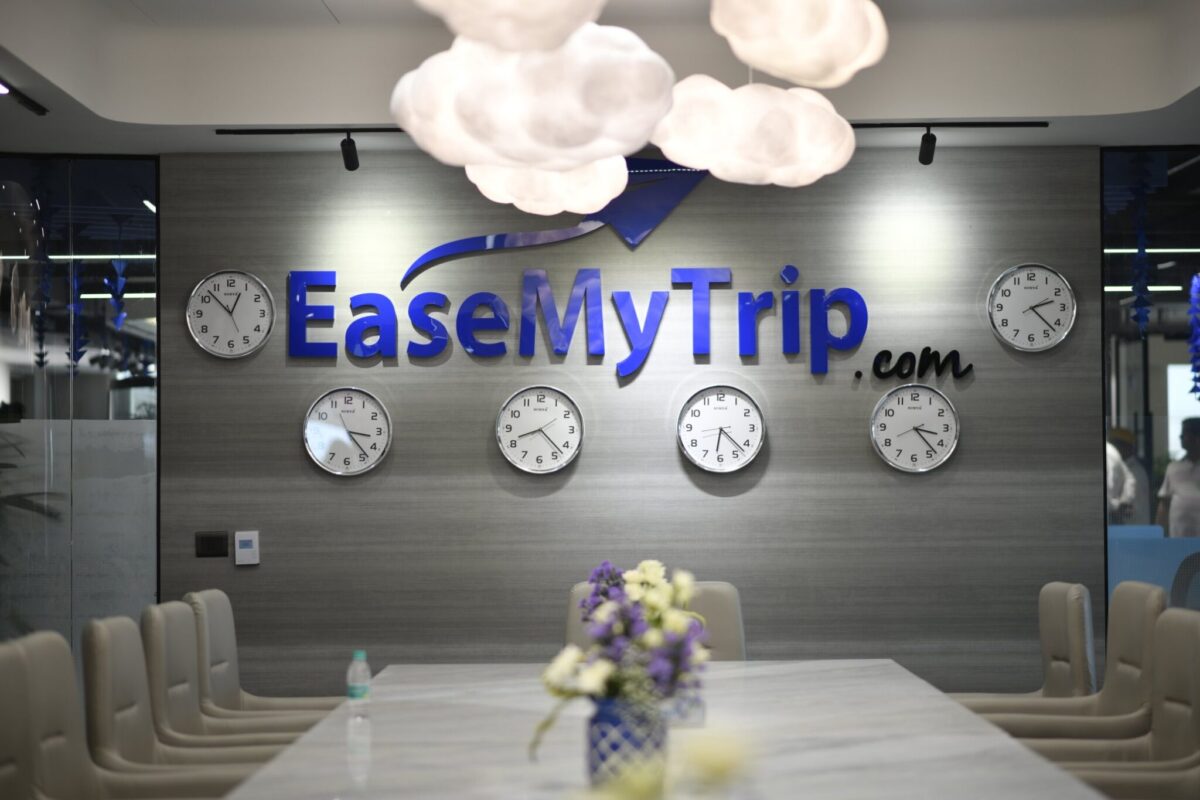Australia and New Zealand Have a New Bigger-Is-Better Pitch for Conventions

Skift Take
Australasia is a region with a distinct flavor for visitors, but the growing meetings and events sector in Australia and New Zealand has evolved to take advantage of the global boom in demand for events in unique destinations.
The region’s largest venue, the International Convention Centre Sydney, was reopened in December 2016 on the site of the old entertainment center at Darling Harbour, which International Convention Centre Sydney marketing executive Lauren Minosora said had served Sydney since the 1980s.
“Sydney needed to respond to the substantial improvement in the standard of equivalent facilities in Australia and the Asia Pacific, as well as the needs of the changing business events industry,” said Minosora
One of the changes was the convergence of conventions and exhibitions, with Sydney needing a venue big enough and flexible enough to cater to bigger numbers.
A three-year, $1.09 billion (A$1.5 billion) redevelopment has left International Convention Centre Sydney with enough space to host three major conventions simultaneously — each with its own dedicated plenary, breakout rooms, and exhibition and catering areas.
Capacity limits were also behind the $150 million (A$205 million) expansion of the Melbourne Convention and Exhibition Centre, which officially opened in July 2018 following a significant expansion of meeting space.
Laura Chodowski, media and public relations advisor for the facility, said that prior to the expansion, Melbourne Convention and Exhibition Centre had turned away 20 percent of business opportunities due to a lack of available space.
Whether it’s views of the Sydney Harbour Bridge, Melbourne’s Yarra River, or an authentic Auckland atmosphere, venues are looking to bring the outside into events to enhance the delegate experience.
International Convention Centre Sydney’s Minosora explained that “the event experience has now become just as important as the event content… and the venue’s diverse event spaces allow for customized and bespoke event delivery designed to integrate with the surrounding city landmarks”.
Across the Tasman in New Zealand’s largest city, Auckland, current capacity constraints are also the driving force behind the New Zealand International Convention Centre, currently taking shape in the central business district. It has the capacity for 4,000 people and a theater that can seat 2,850 people – or be split into two 1,200-person spaces.
IT’S NOT ALL ABOUT SIZE
When most of the current Australasian meetings facilities were designed, overhead projectors were considered high-tech. While they have all adapted to new technology, it’s always been “bolted on”, and the redevelopments have allowed the venues to be customized for future requirements.
Audiovisual and information technologies have been fully integrated into the Melbourne Convention and Exhibition Centre redesign. The expansion boasts 4K laser projectors, LED-based theatrical lighting equipment, and a fully integrated rigging infrastructure.
Wi-Fi is now a basic requirement for most events, prompting a $1.45 million (A$2 million) investment to boost the wireless capacity by 400 percent.
“The new expansion has allowed us to future-proof our venue; we’re able to meet the technical needs of today’s customer and continuously adapt into the future,” said Melbourne Convention and Exhibition Centre chief executive Peter King.
Similarly, New Zealand International Convention Centre will be a technologically smart building that has been designed to meet clients’ audio-visual and internet needs. Besides the free wireless internet, most of the meeting spaces will come with pre-installed equipment which will be included in the venue hire charge, said Sarah Burilin, the center’s marketing manager, acknowledging that almost all events require some presentation technology.
“The digitally-advanced venue will also have multiple large screens throughout the center and exterior lighting options allowing clients to easily brand and create an experience to match their event,” she said.
The revamp of Sydney’s main events venue included the addition of venue-wide, fully integrated large-scale audio, vision and lighting systems, along with high-density client and attendee connectivity requirements. The venue boasts a completely integrated network infrastructure design, supported by a 10 Gbps network backbone that allows for ultrafast connectivity to digital signage, room projection, audio systems and more.
VENUES CATER TO ENVIRONMENTAL DEMANDS
Rising awareness of sustainability and consciousness about minimizing environmental impacts have also helped shape the new facilities.
“As the largest convention center of its kind to be built in New Zealand, the New Zealand International Convention Centre has a responsibility to embrace sustainable business practices,” said Burilin.
The New Zealand International Convention Centre has adopted a sustainability management plan and will participate in two independent verification programs – Leadership in Energy and Environmental Design and the gold standard in AIPC’s Quality Standards Program.
Meanwhile, Melbourne Convention and Exhibition Centre claims it was the first convention center in the world to be awarded a 6-Star Green Star environmental rating after reducing its energy consumption in the Exhibition Centre by 30 percent over two years, through the introduction of ecological and sustainable infrastructure.
The venue has invested in a new CO2 monitoring system, variable speed drives, energy-efficient chillers, an energy management system and LED lighting to further reduce energy usage.
Chief operating officer Leighton Wood said that Melbourne Convention and Exhibition Centre, as one of the largest pieces of public infrastructure in Melbourne, has an increasing responsibility to support the community through sustainable business practices and partnerships.




